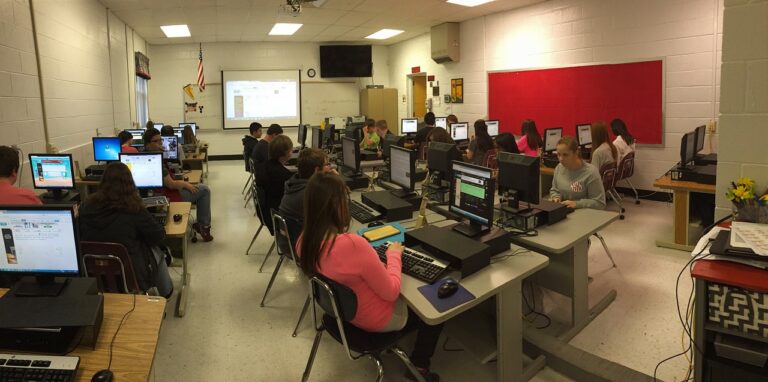Navigating the Transition to Remote Teaching: Lessons Learned
Transitioning to remote teaching presented numerous challenges for educators worldwide. One major hurdle was the abrupt shift from traditional classroom settings to virtual platforms, which required a significant adjustment period for both instructors and students. Instructors had to quickly familiarize themselves with new technologies and online teaching tools to ensure that educational continuity was maintained.
Additionally, the lack of face-to-face interactions posed a challenge when it came to engaging students and fostering meaningful classroom discussions. Without the physical presence of students, instructors had to find alternative ways to promote active participation and create a collaborative learning environment. This shift forced educators to rethink their teaching strategies and adapt their approach to effectively communicate and interact with students in a virtual setting.
Adapting Curriculum for Online Instruction
Amid the swift shift to remote teaching, educators found themselves in uncharted territory when it came to adapting their curriculum for online instruction. The challenge lay not only in translating traditional in-person lessons to digital formats but also in ensuring that the learning objectives were effectively met in the new online environment. This shift required educators to rethink their teaching strategies, adjusting the pace and structure of their lessons to optimize student engagement and learning outcomes.
One of the key considerations in adapting curriculum for online instruction was the need to leverage digital tools and resources to create interactive and dynamic learning experiences. Educators had to explore new platforms and technologies to deliver content, facilitate discussions, and assess student understanding. This shift towards online instruction also necessitated a greater emphasis on providing clear instructions, organizing materials logically, and creating opportunities for students to collaborate and participate actively in the virtual classroom.
How can teachers adapt their curriculum for online instruction?
Teachers can adapt their curriculum for online instruction by breaking down content into smaller chunks, incorporating multimedia elements, providing clear instructions and expectations, and utilizing interactive online tools.
What are some common challenges faced during the transition to remote teaching?
Some common challenges faced during the transition to remote teaching include technology issues, maintaining student engagement, ensuring equitable access to resources, and managing time effectively.
How can teachers ensure that their online curriculum is effective?
Teachers can ensure that their online curriculum is effective by regularly assessing student progress, seeking feedback from students, adjusting instruction based on student needs, and staying up to date on best practices in online teaching.
What are some tips for creating an engaging online curriculum?
Some tips for creating an engaging online curriculum include incorporating interactive activities, fostering collaboration among students, providing opportunities for self-paced learning, and offering timely feedback on student work.
How can teachers support students who may be struggling with online instruction?
Teachers can support students who may be struggling with online instruction by offering additional resources and support, providing clear communication about expectations, and being flexible and understanding of students’ individual needs.





